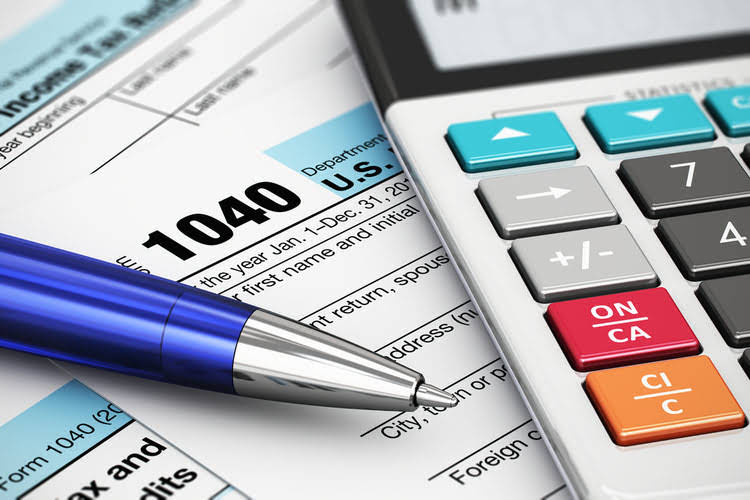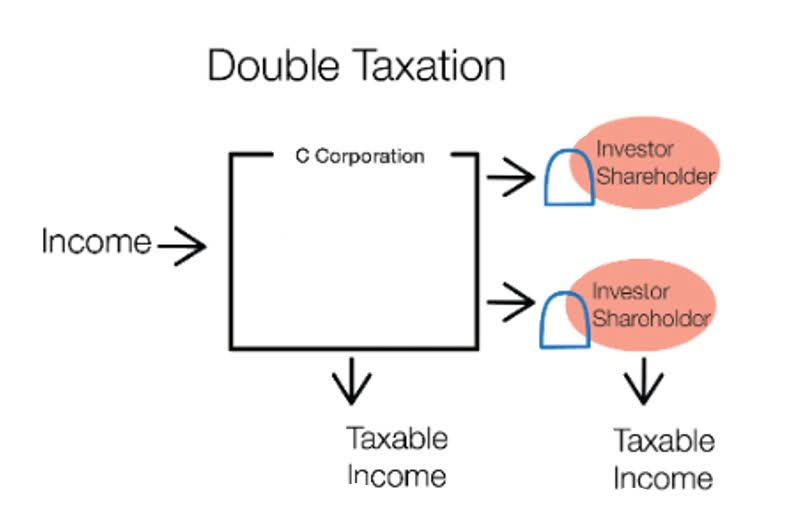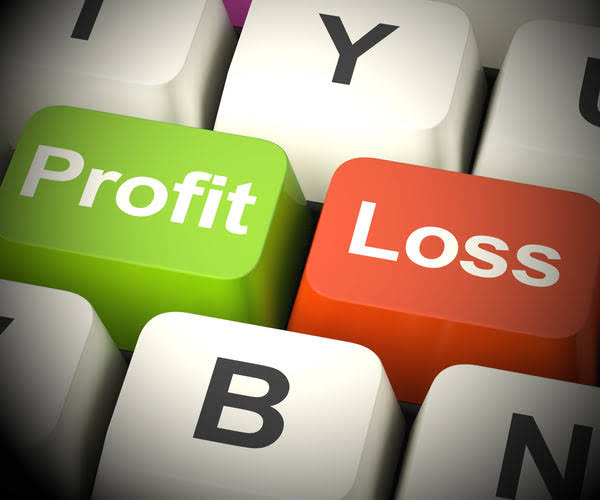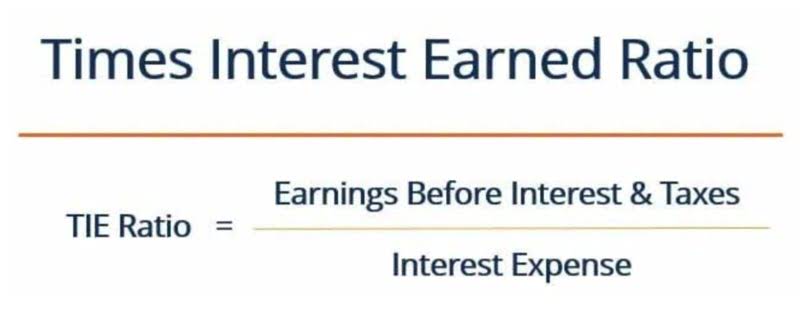
A millimeter (abbreviated as mm and sometimes spelled as millimetre) is a small unit of displacement (length/distance) in the metric system. Million is generally abbreviated with a capital M as in Megabyte or just “mn”. Rather than use the barred M, however, accounting went with MM as an abbreviation for HOA Accounting a million. For example, 1MM equals 1 million, $34MM equals $34 million and so on. Therefore, if we want to find x millions in number form, we want to find x copies of 1,000,000 in number form. Word Lists was created to provide comprehensive and useful word lists, together with language articles and word tools to help students and anyone learn and understand the English language.

What is proper abbreviation for 1 thousand dollars?
We don’t know for sure why the Romans used letters or why they chose the letters they did. One theory says the use of M was because Romans measured a mile as a thousand paces. Another theory is that it is a misprinting of the Greek letter phi.
- When it comes to academic and scientific writing, the preference for abbreviating “million” can vary based on the specific style guide or publication.
- Based on this, if you retire at age 65 and live until you turn 84, $1 million will probably be enough retirement savings for you.
- The term “MM” originates from the Roman numeral M, which stands for one thousand.
- If you see “one quintillion,” you know that it’s a lot – and have spatial awareness of what it represents.
Let’s settle this. Millions of dollars on a presentation. 2 Ms (MM) or 1?

This period saw the rise of double-entry bookkeeping, a system that revolutionized accounting by providing a clear and systematic method for recording financial transactions. The use of “MM” fit seamlessly into this new framework, offering a concise way to represent substantial amounts without cluttering financial records. “M” is derived from the Roman numeral for 1,000, and it is often used to denote thousands. This usage is prevalent in various industries and contexts, particularly in the United States, where it simplifies the representation of large numbers without overwhelming the reader with zeros. Whether you’re working in corporate finance, investment banking, or financial analysis, using “M” as an abbreviation for “million” will help you communicate efficiently. Generally, the abbreviation with two M’s is preferred in finance.
- The government might have a program that needs $50 billion in funding.
- The use of “MM” fit seamlessly into this new framework, offering a concise way to represent substantial amounts without cluttering financial records.
- We delved into specific considerations for fine-tuning your abbreviation practices, emphasizing consistency, audience, and adherence to style guides.
- 1 million pixels in a photo camera will be referred to as 1 Megapixel.
What Does “MM” Stand for in Finance?
At Old Republic Surety we seek to deliver transparency and clarity in our communications. If you see an abbreviation that is confusing or unclear, please reach out to your local underwriter or branch for https://aandd.ru/analiticheskie-vesi/accounting-bookkeeping-company-in-ny/ clarification, even if you are just asking for a friend. If you would like to learn more about Old Republic Surety and some of our services like Commercial Surety Bonds, and Contract Bonds, or just want more information, don’t hesitate to contact us today.

The most important thing to remember when using abbreviations on your resume is consistency. Traditionally, M is used as the symbol for thousands and MM for millions in the business world, particularly in accounting. However, there has been a growing tendency to use K as the symbol for thousands instead of M. The term enables clarity and consistency, reducing the risk of misunderstandings due to different interpretations of number notation.

Review mm million abbreviation a few examples of sentences that feature common abbreviations for billion. Review a few examples of sentences that feature common abbreviations for million. Whether the topic is significant sums of money or a massive quantity of something, it’s common to use abbreviations when writing out large numbers in text.























